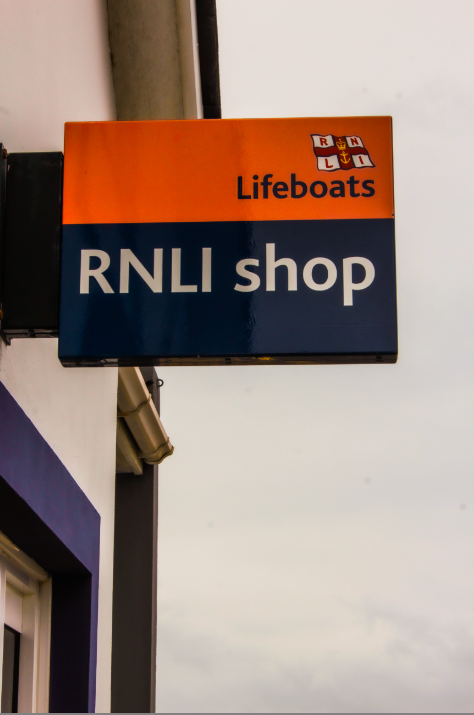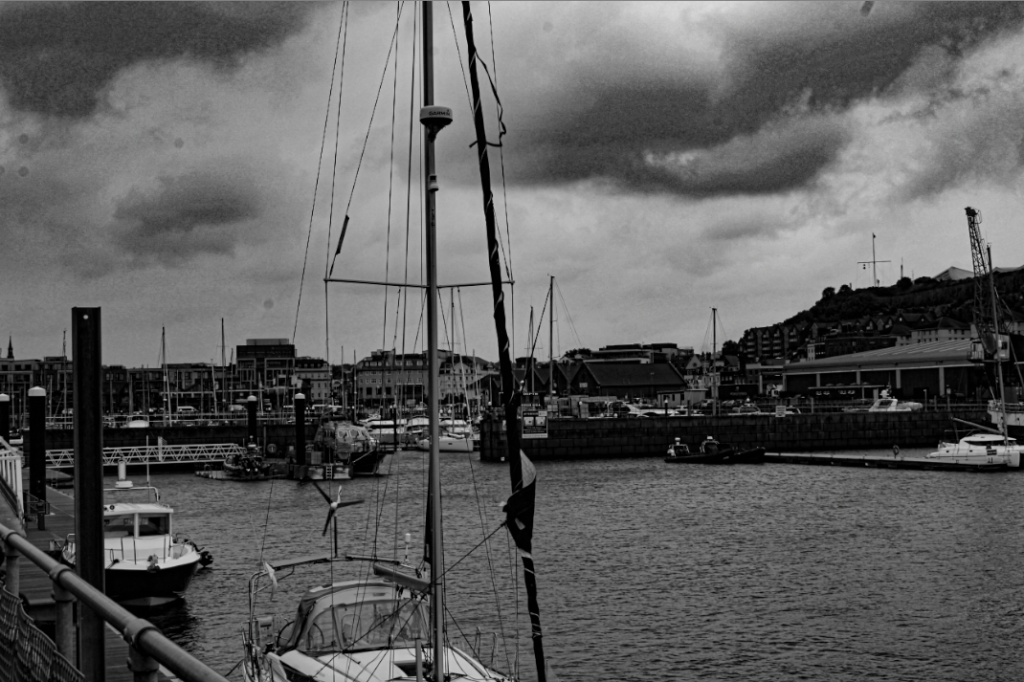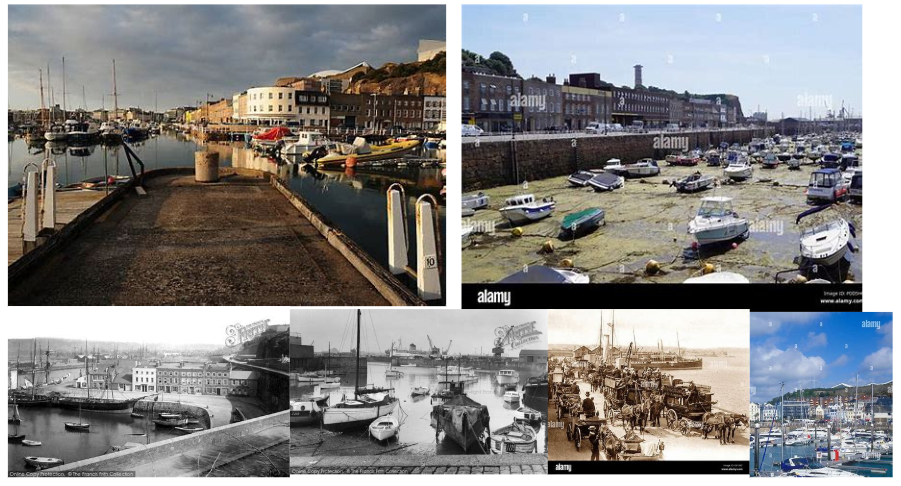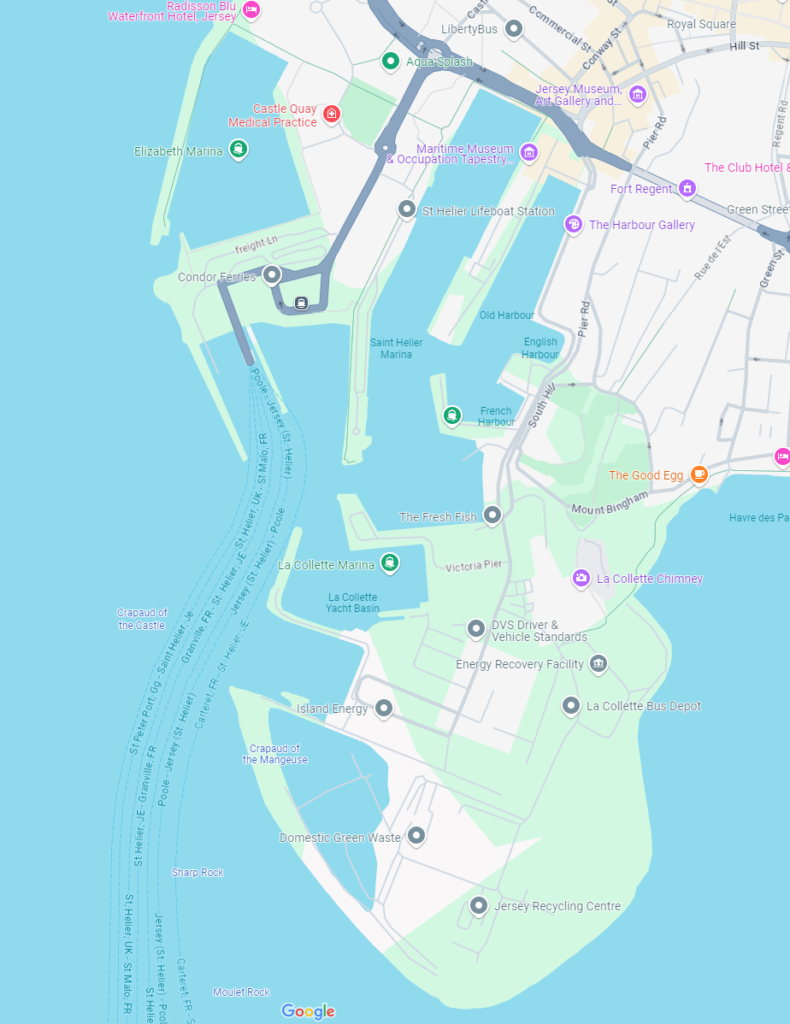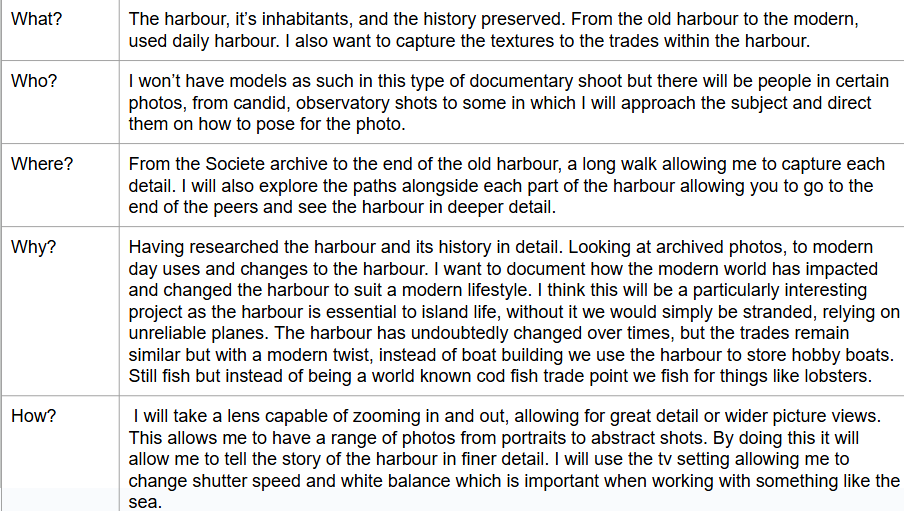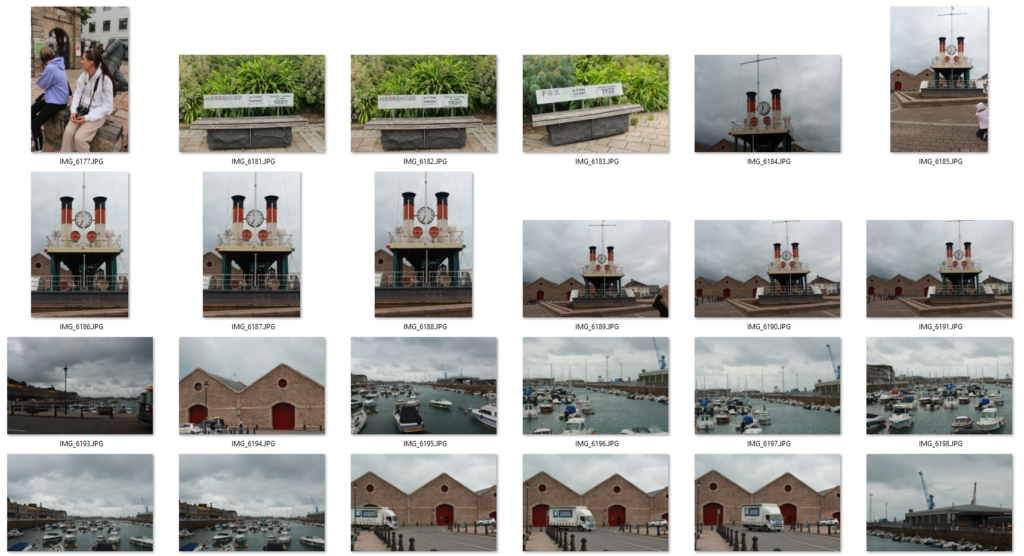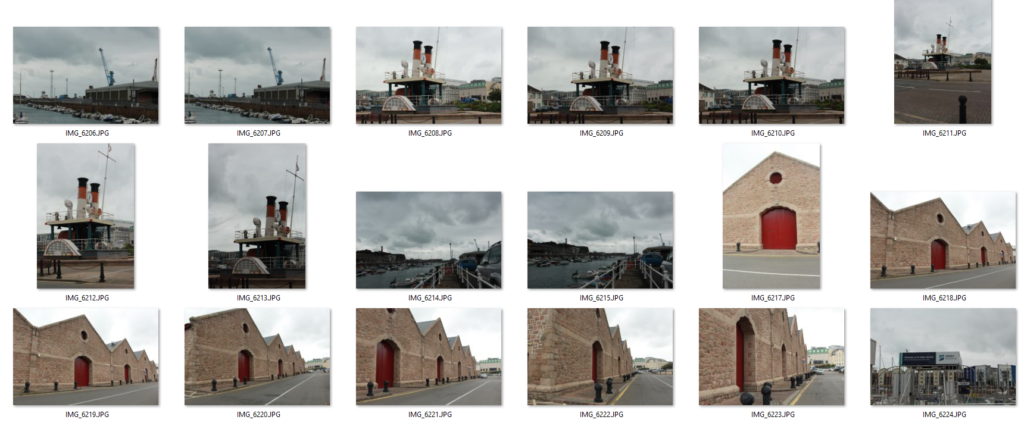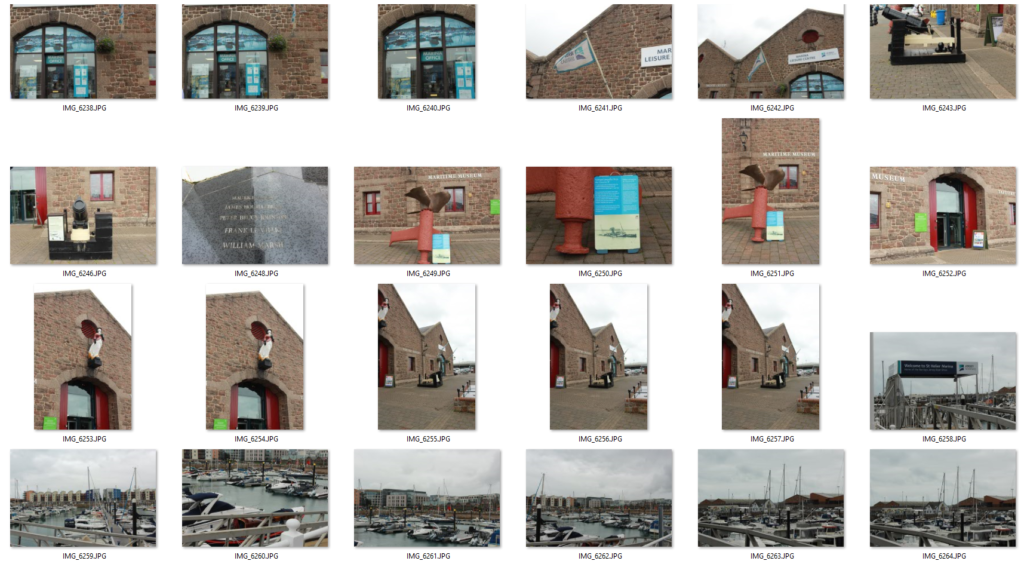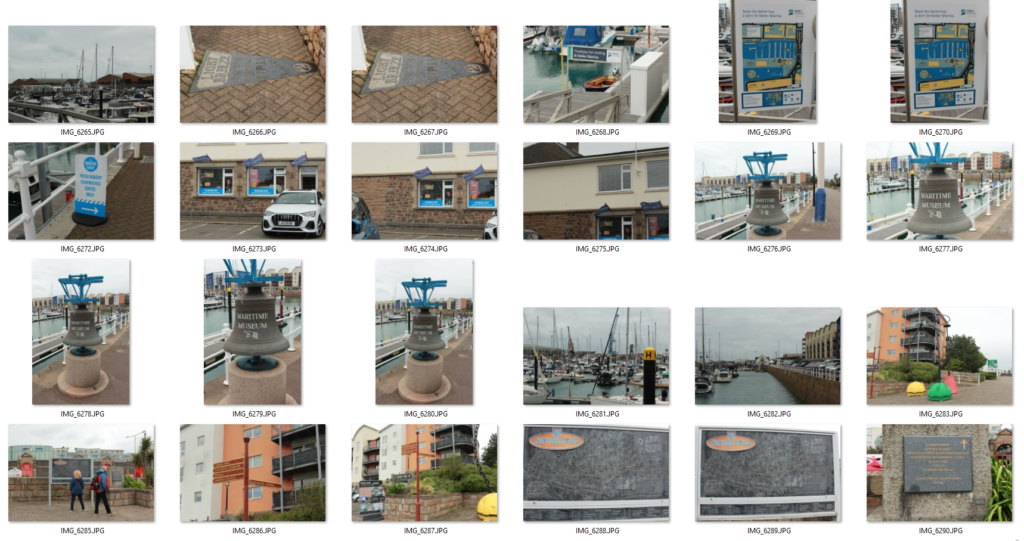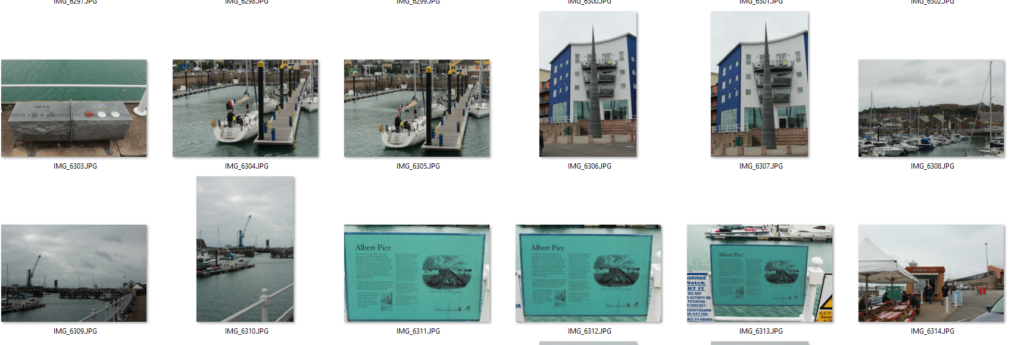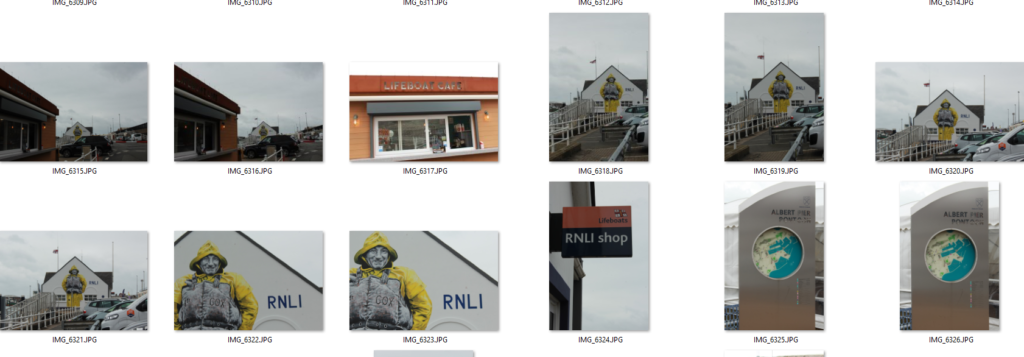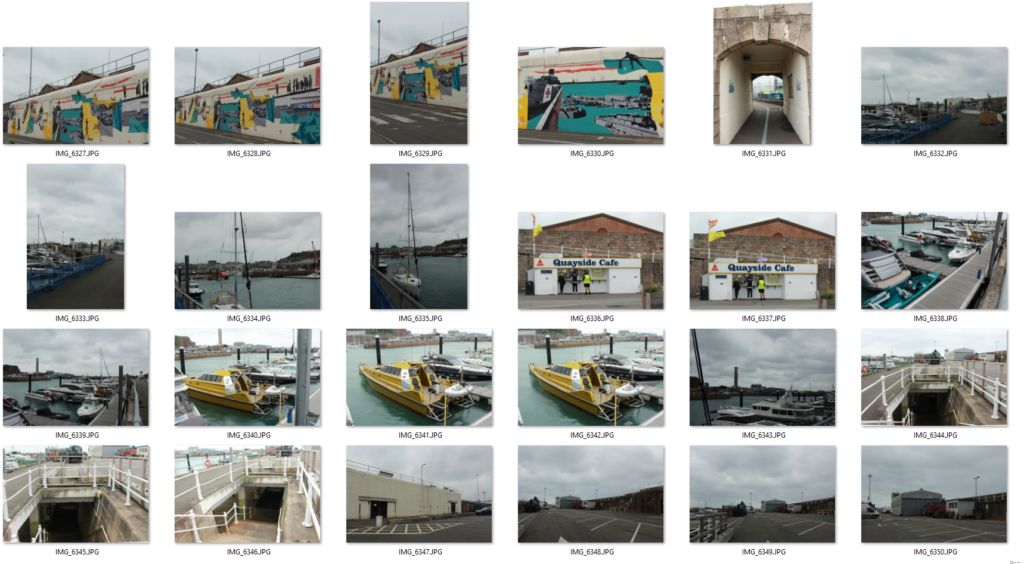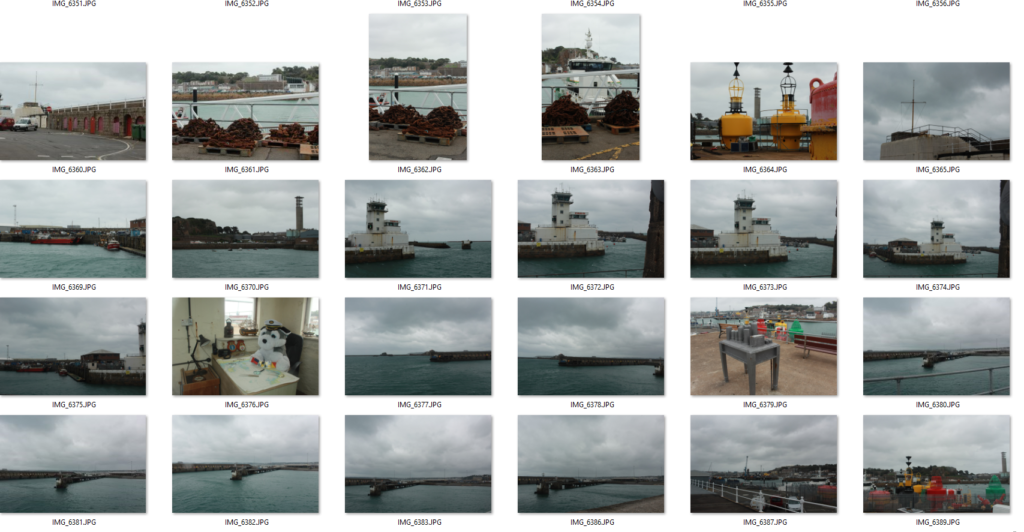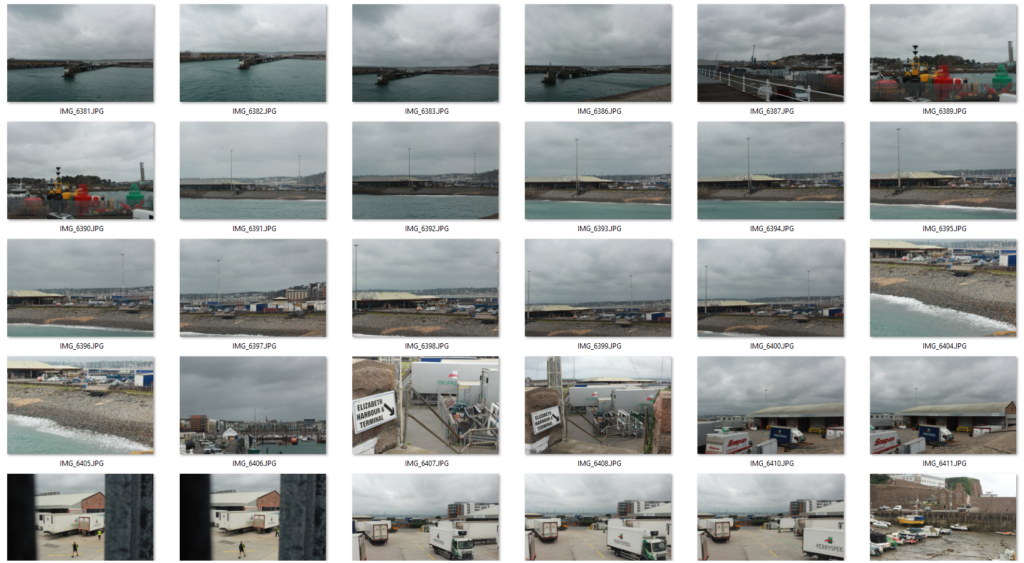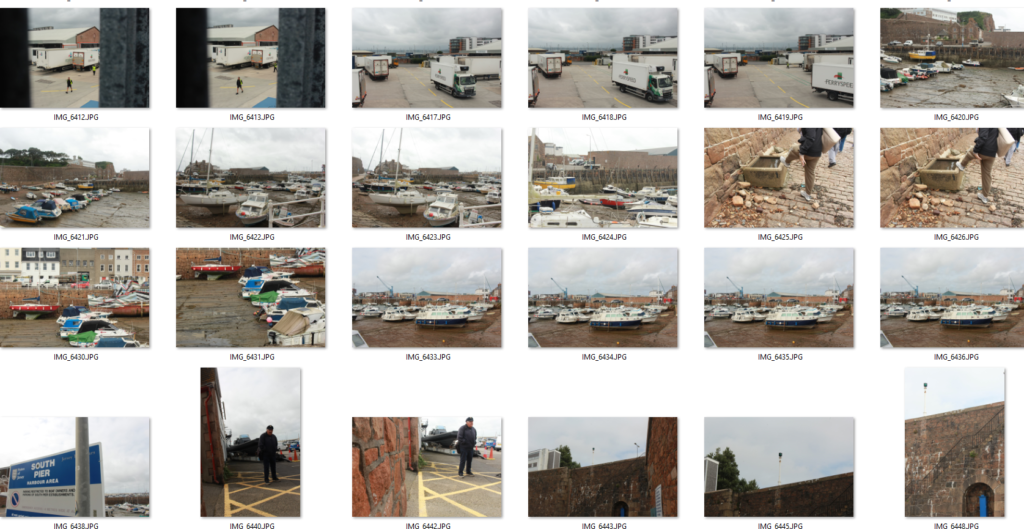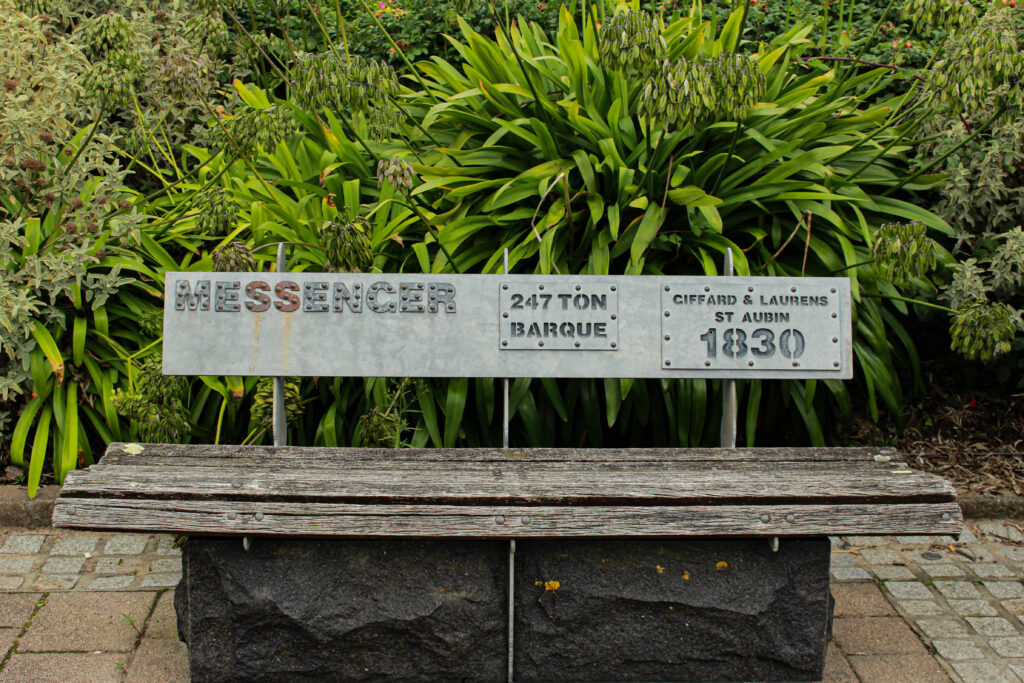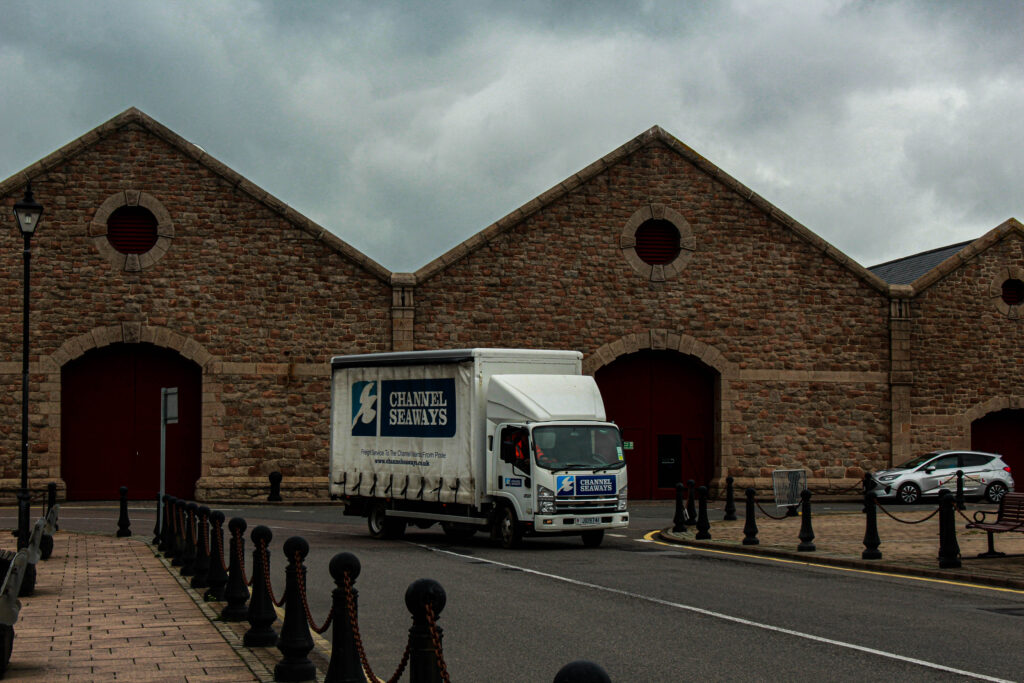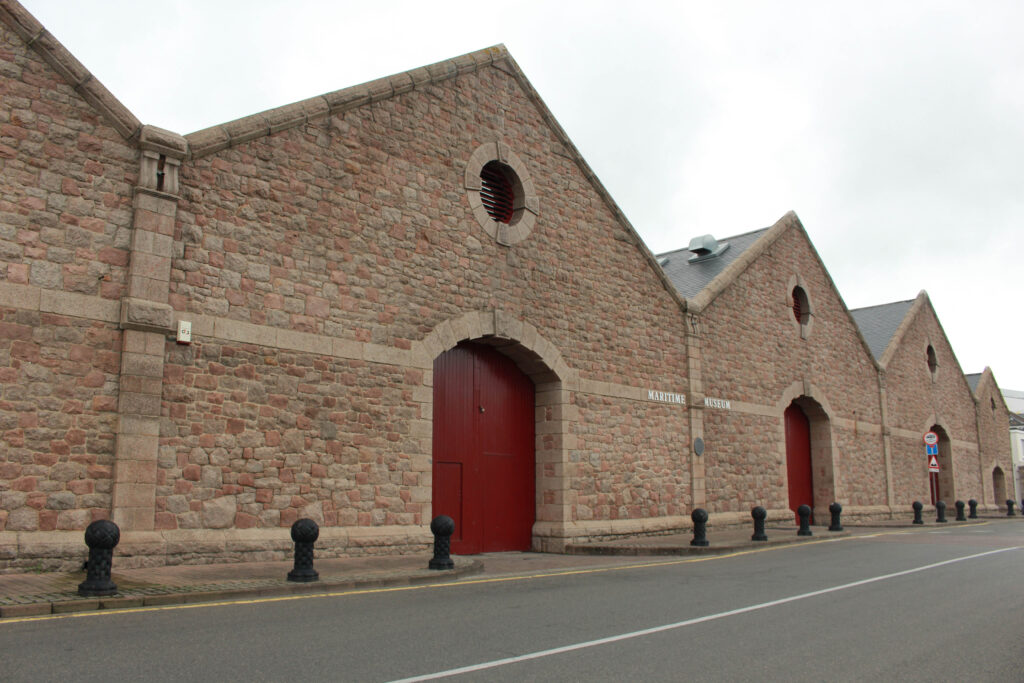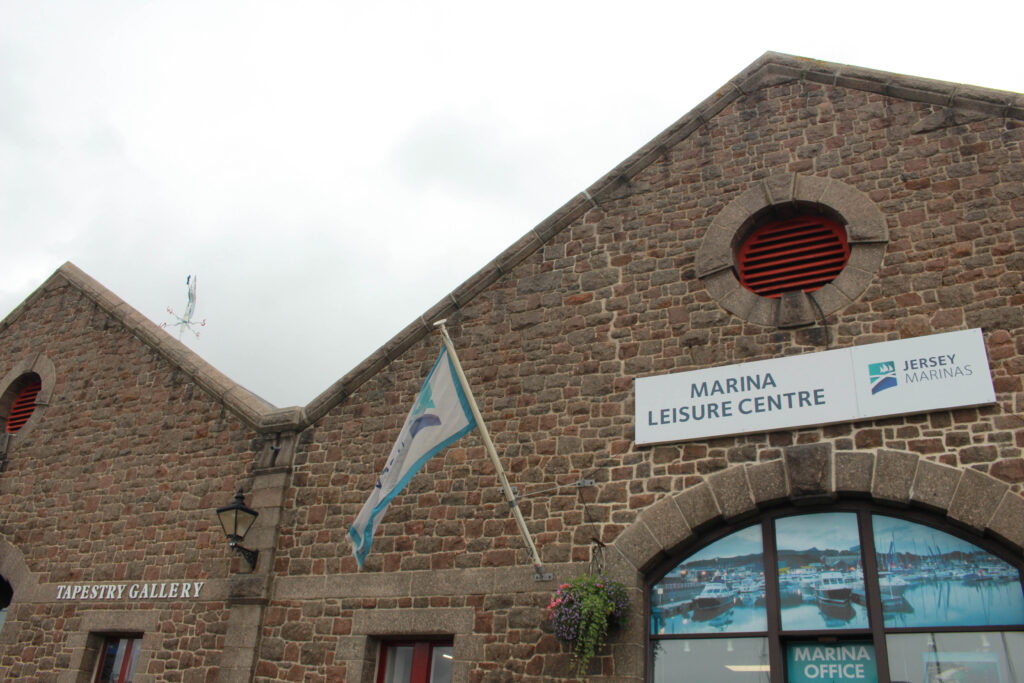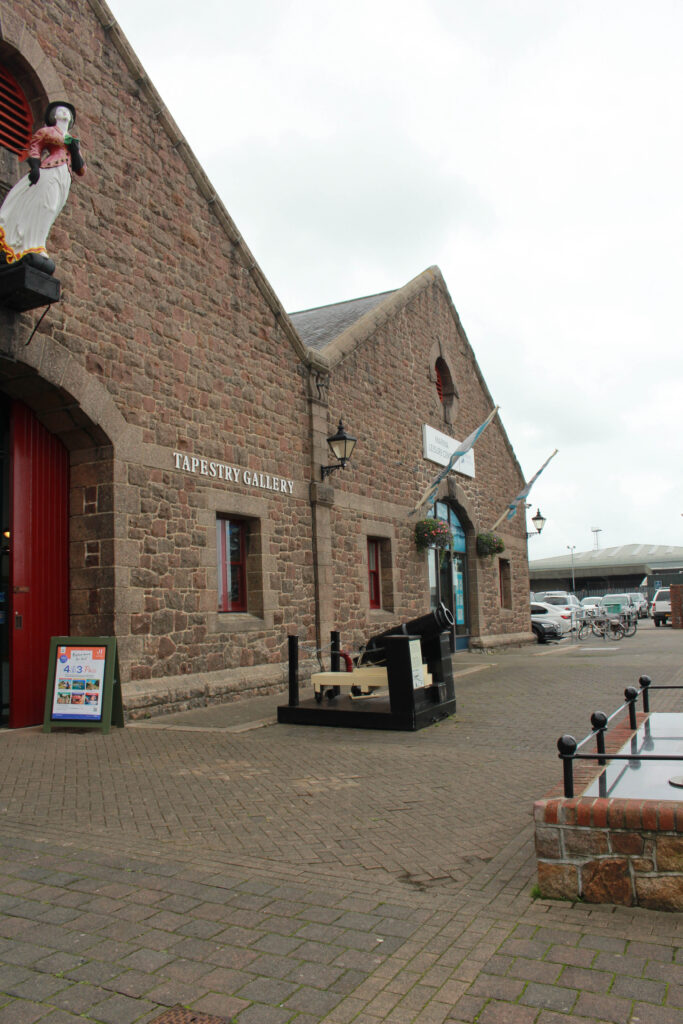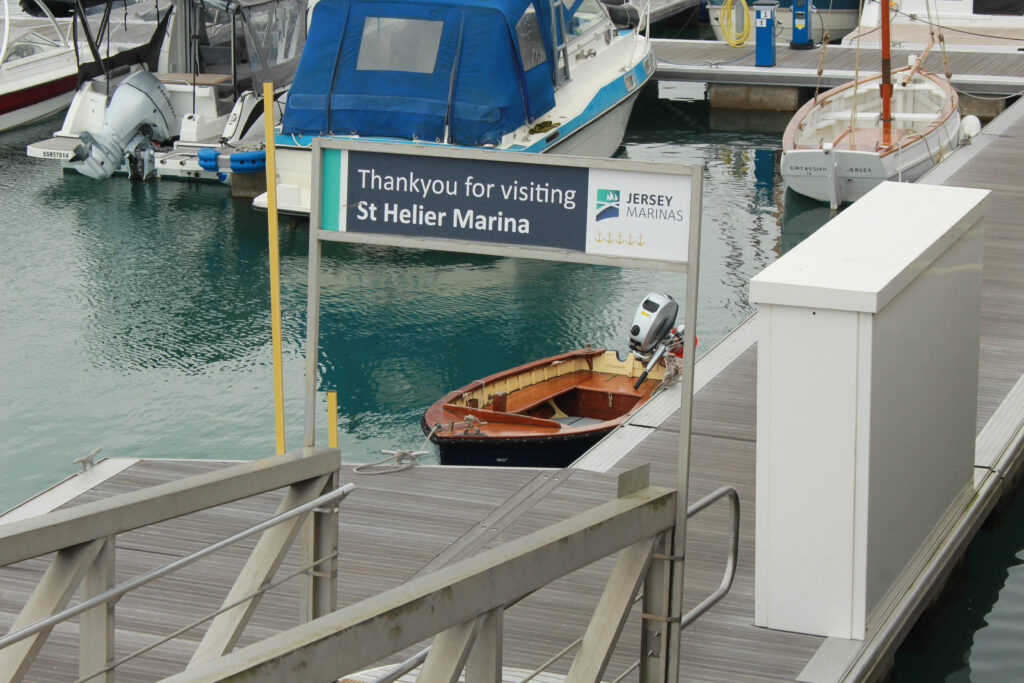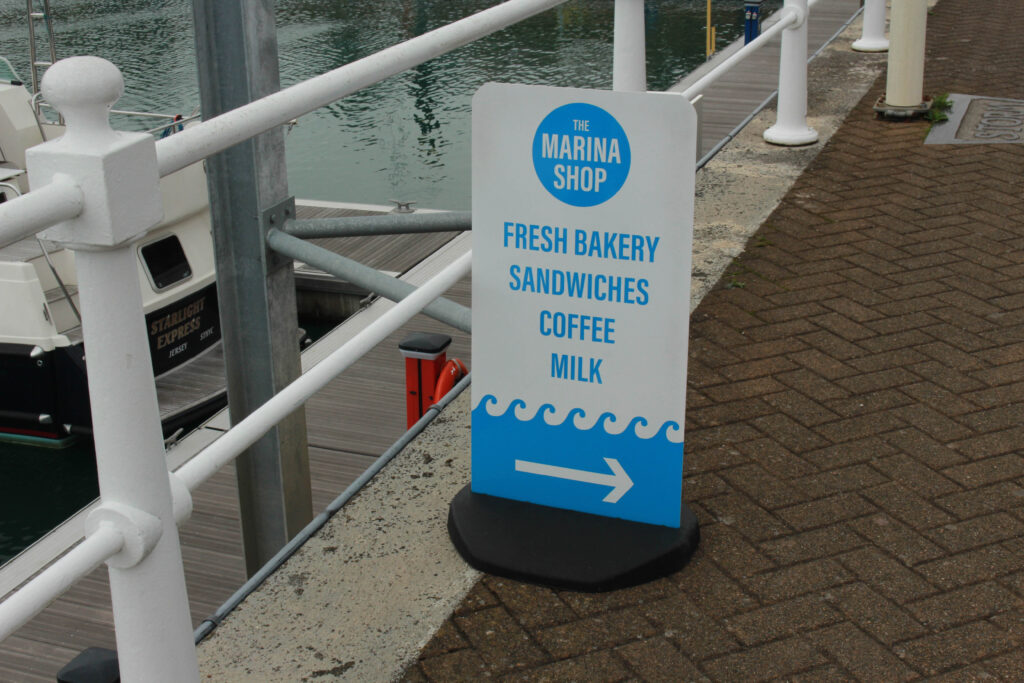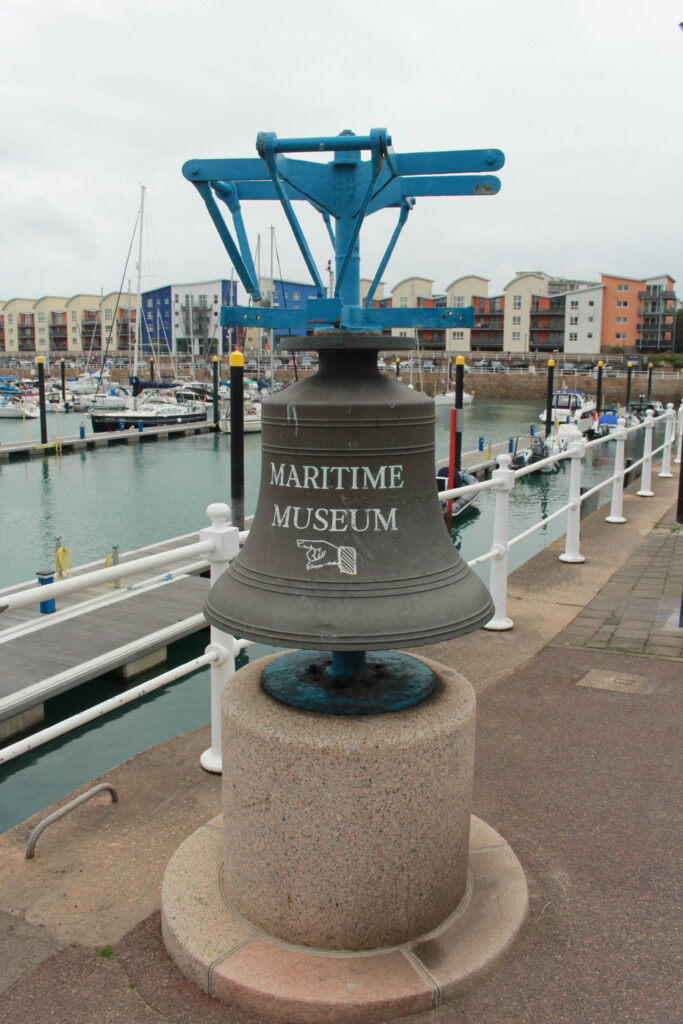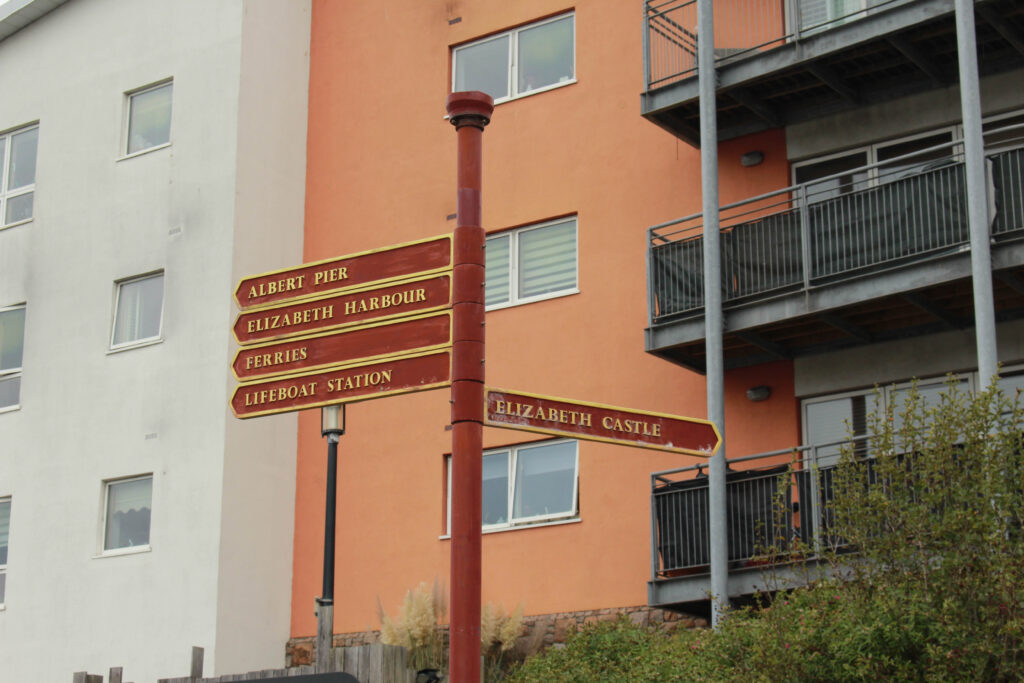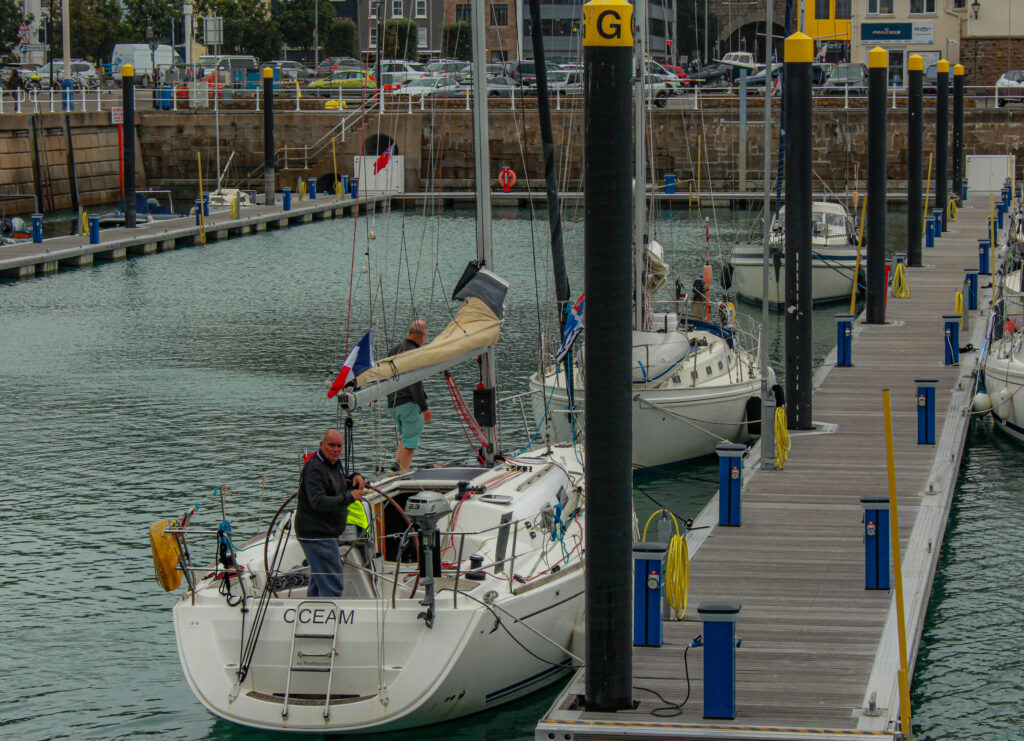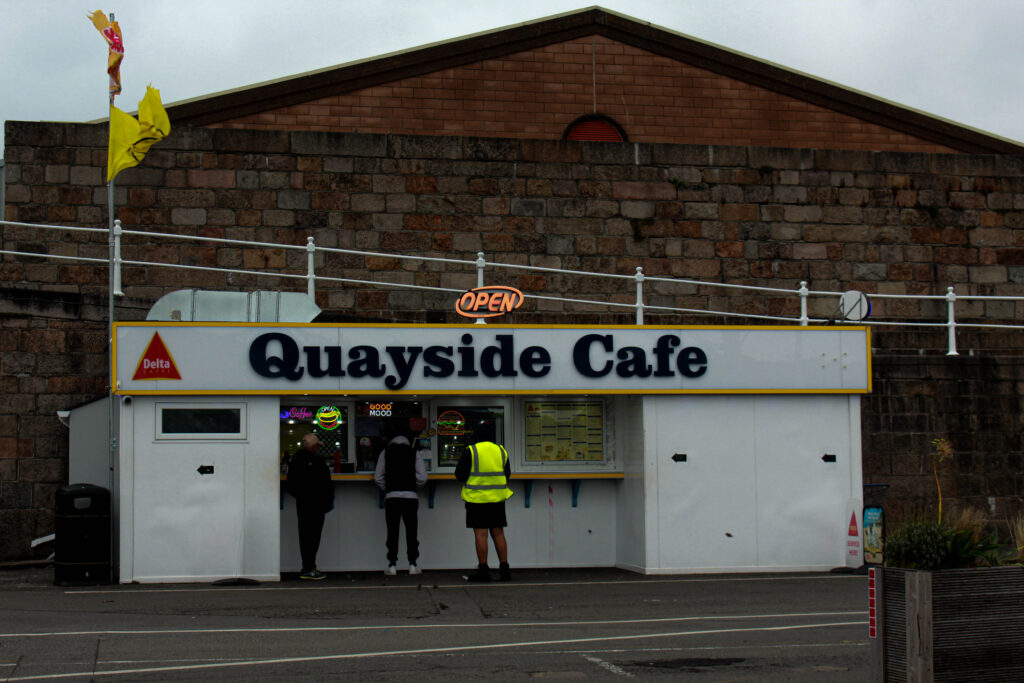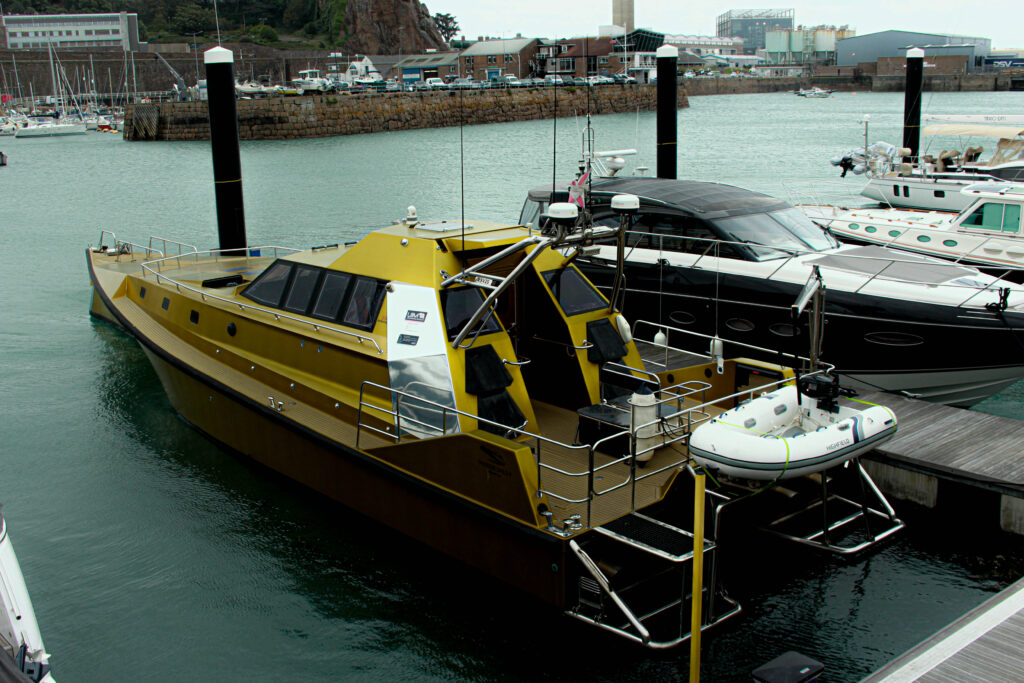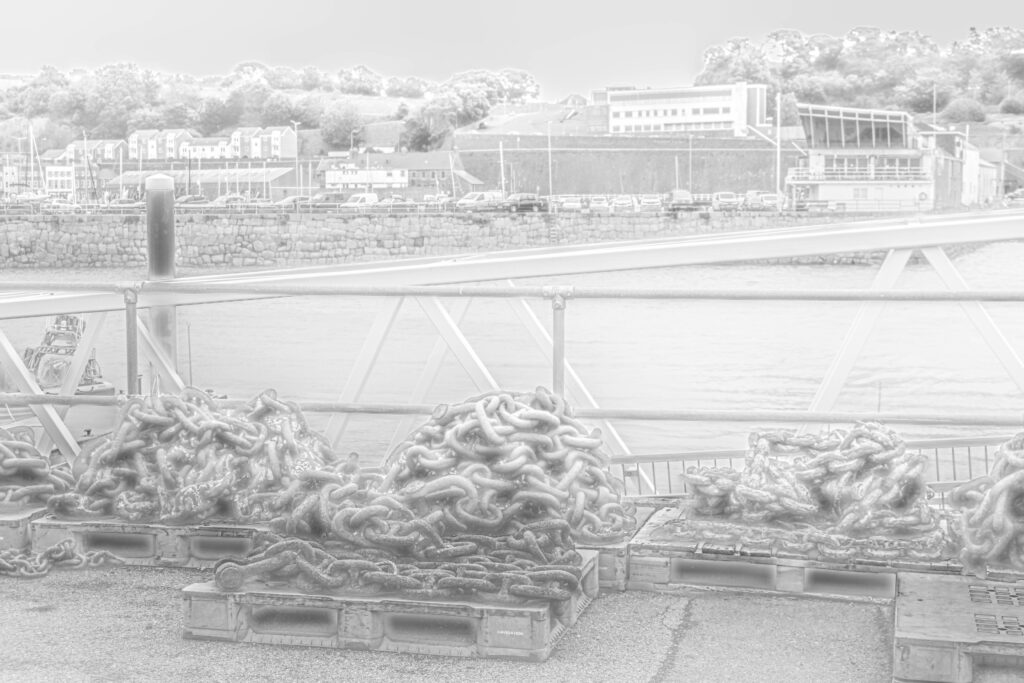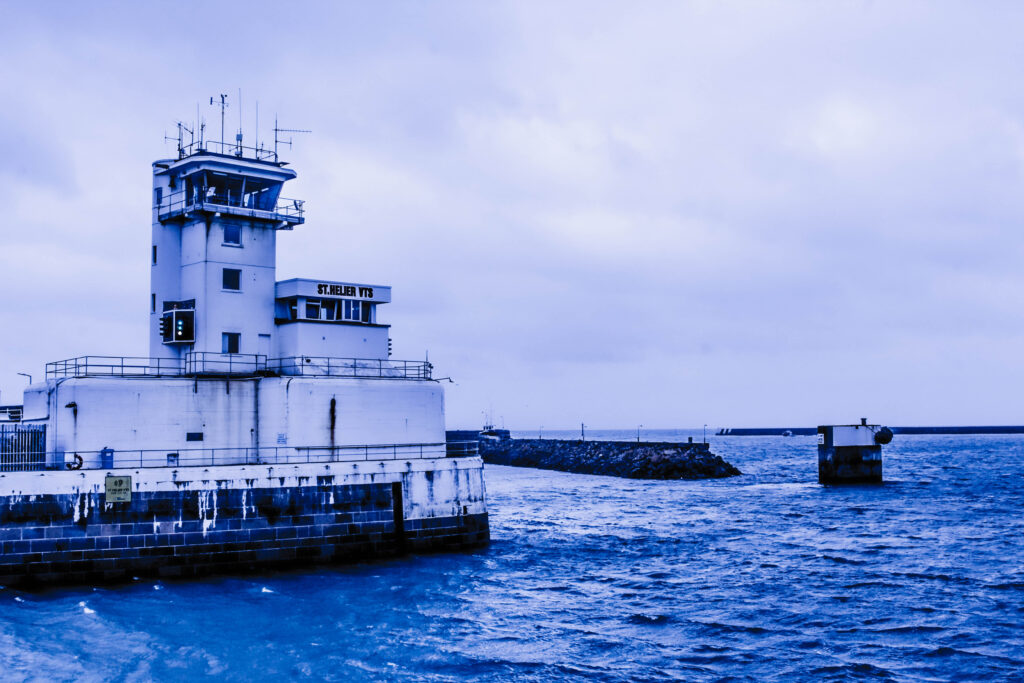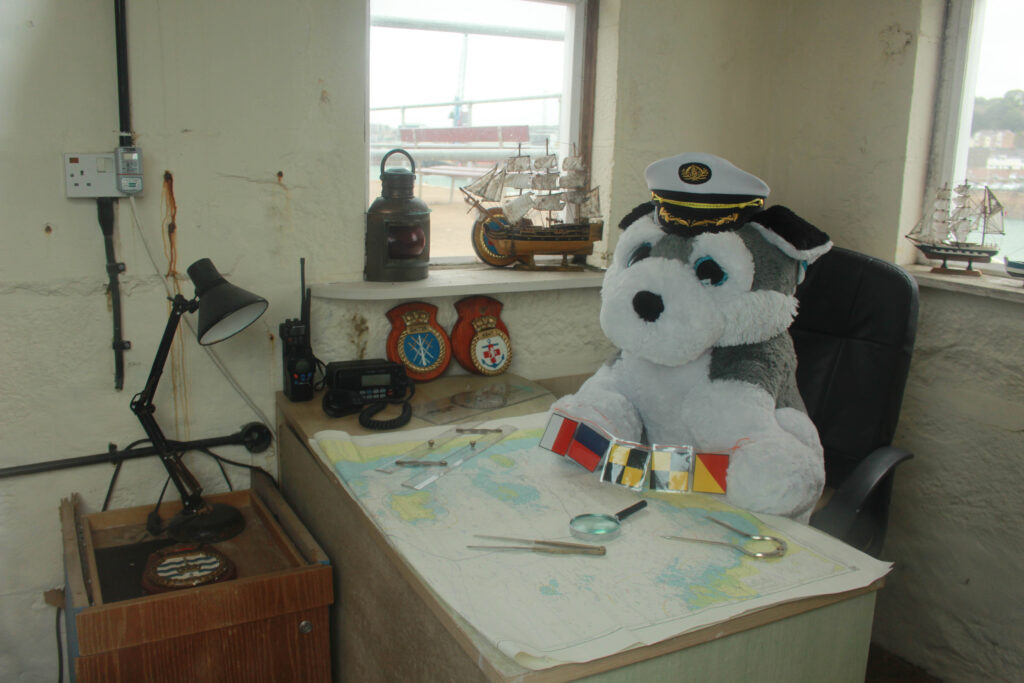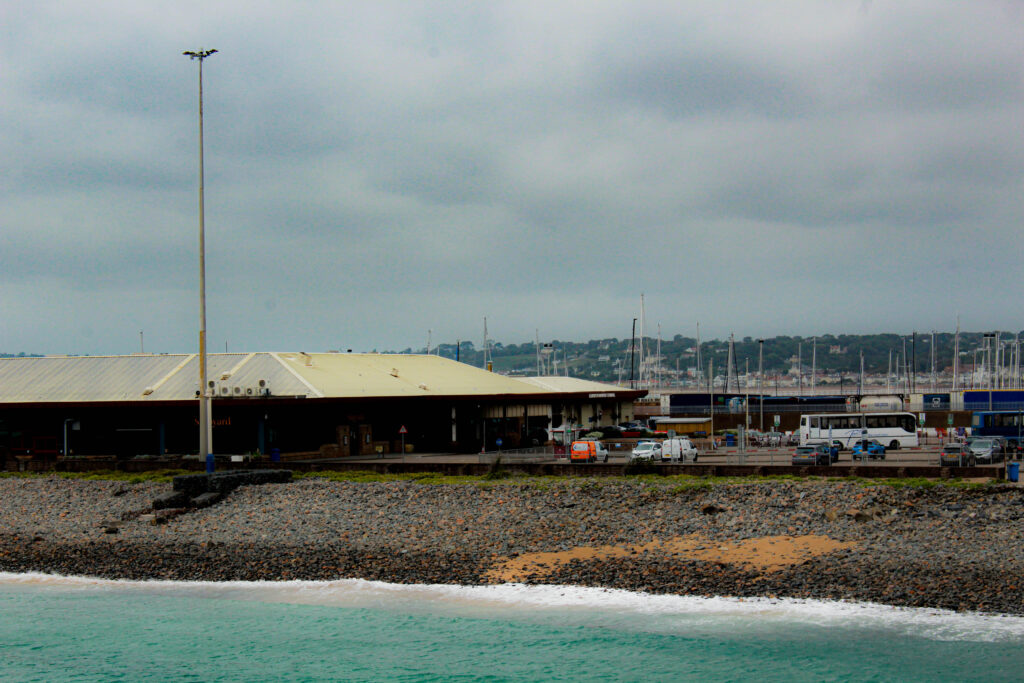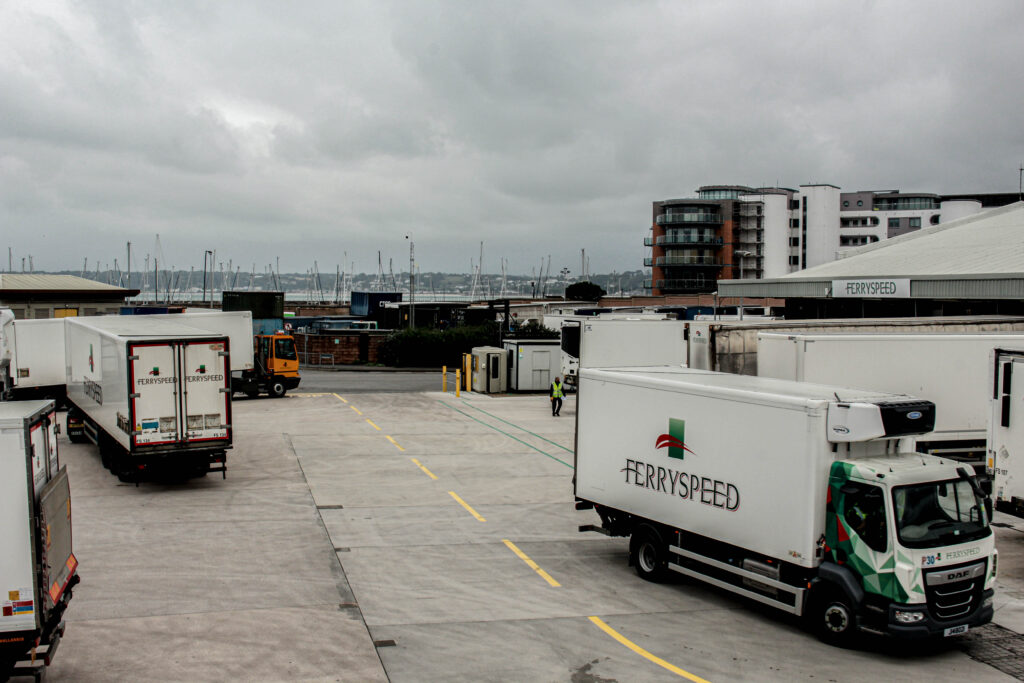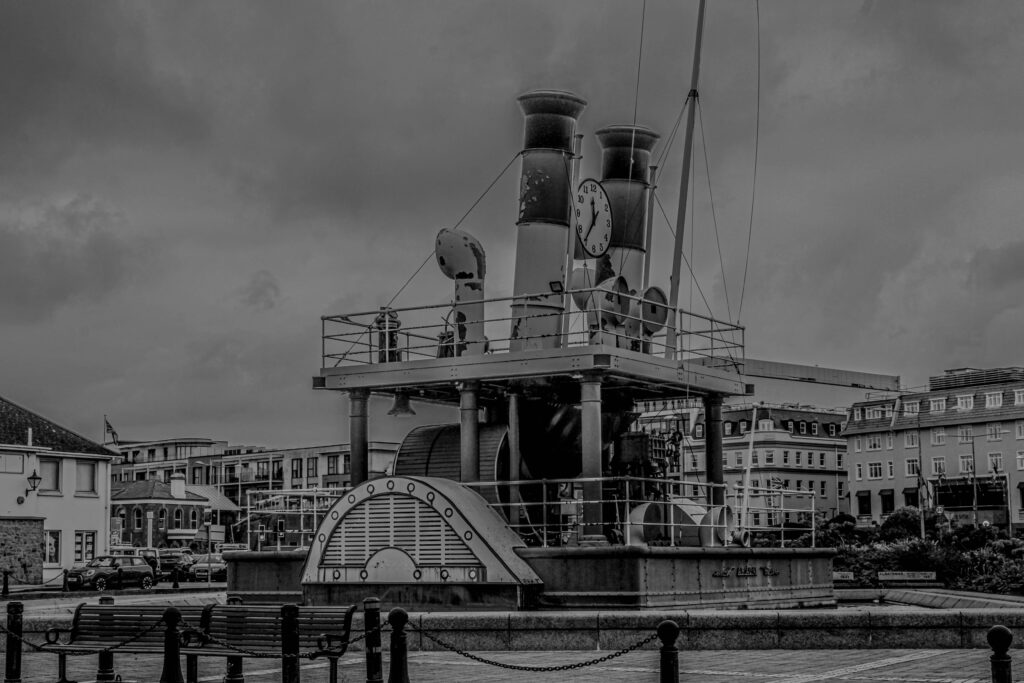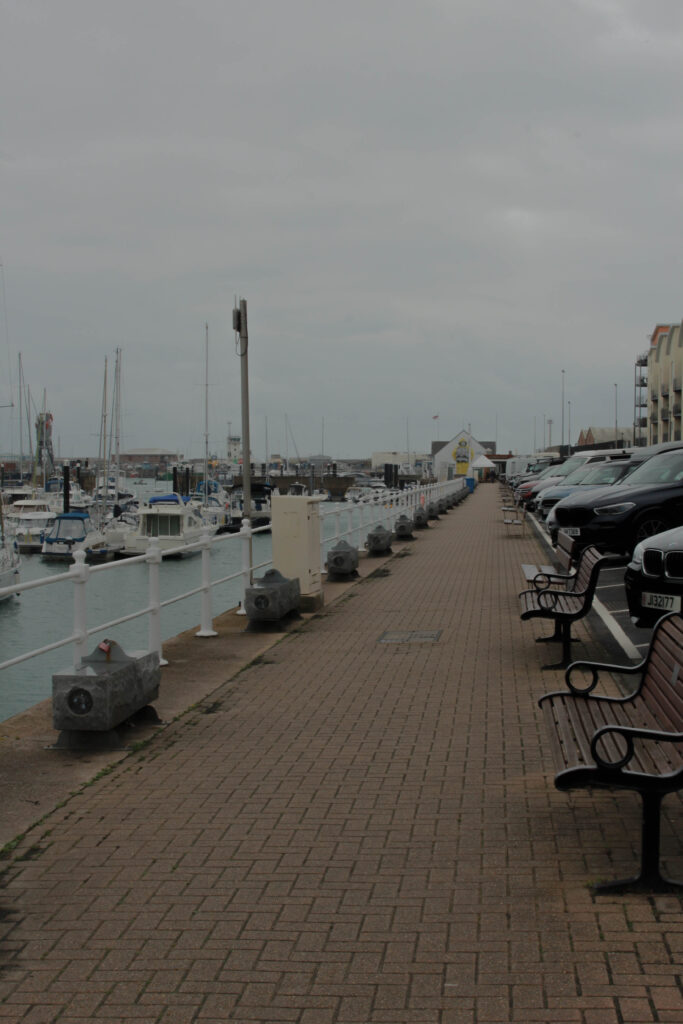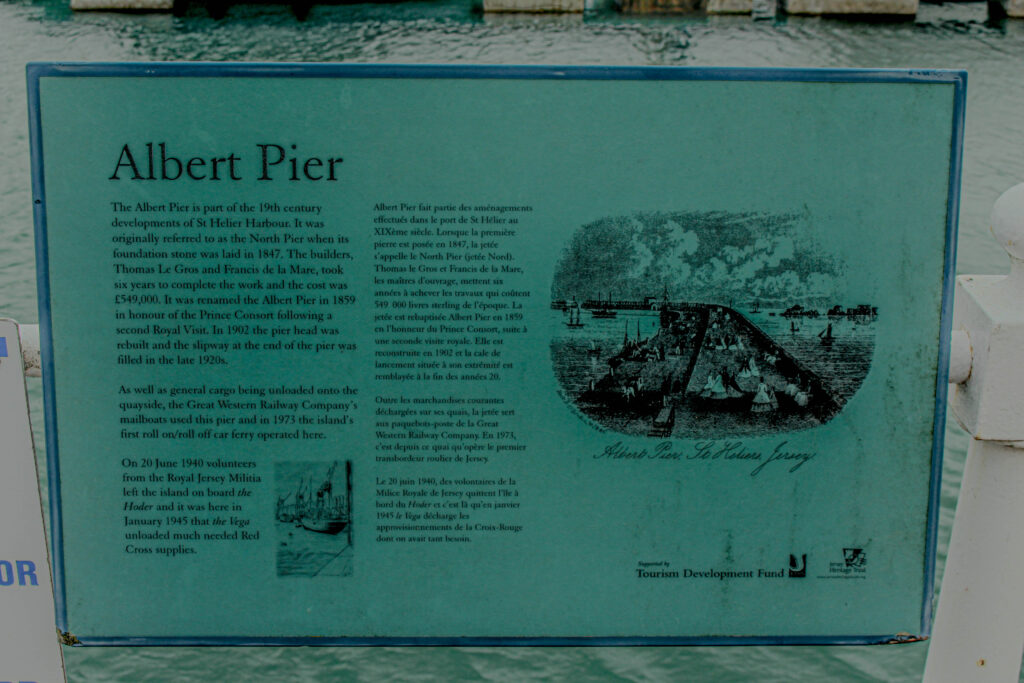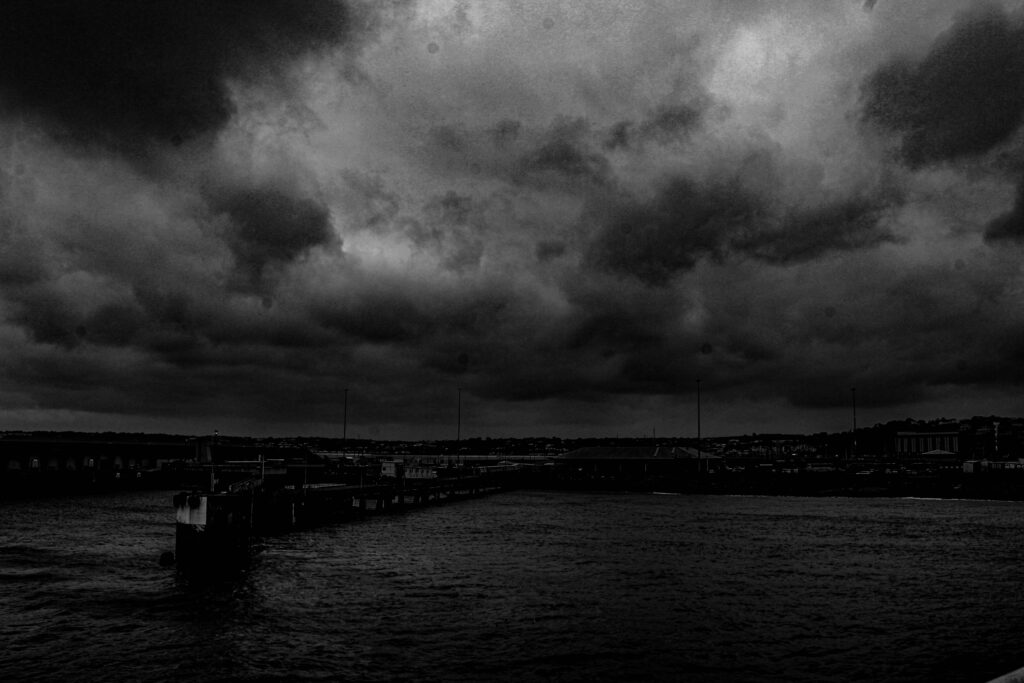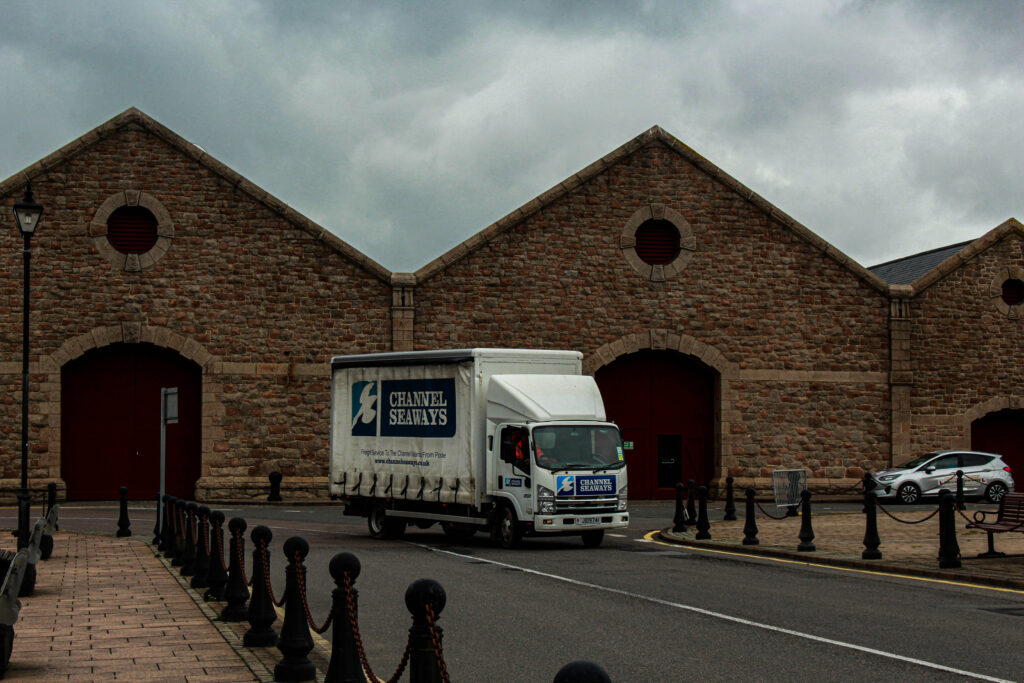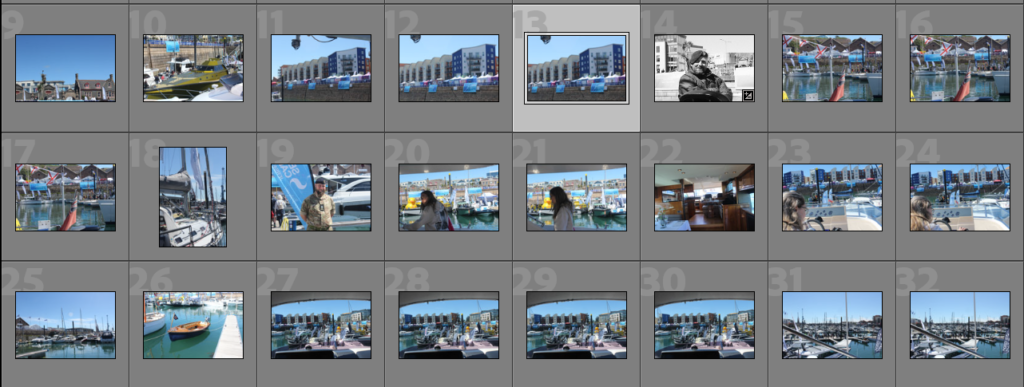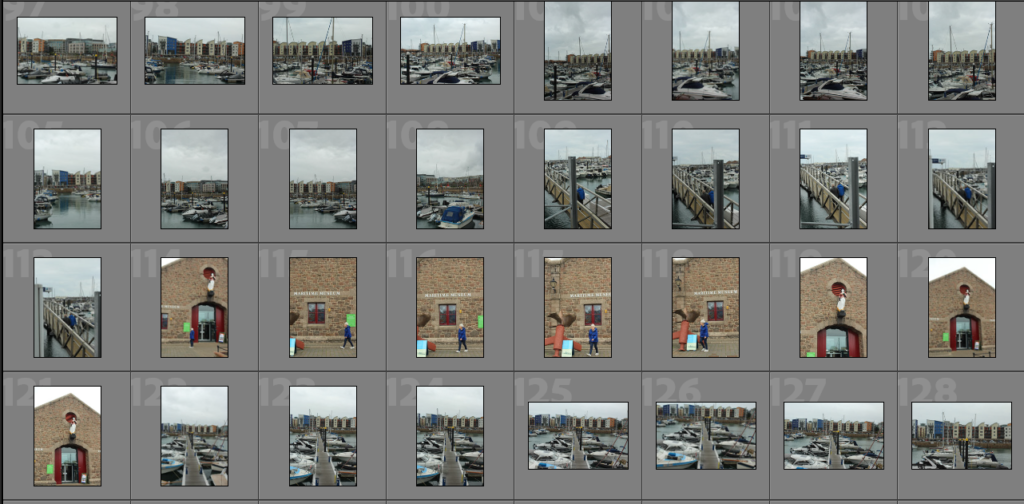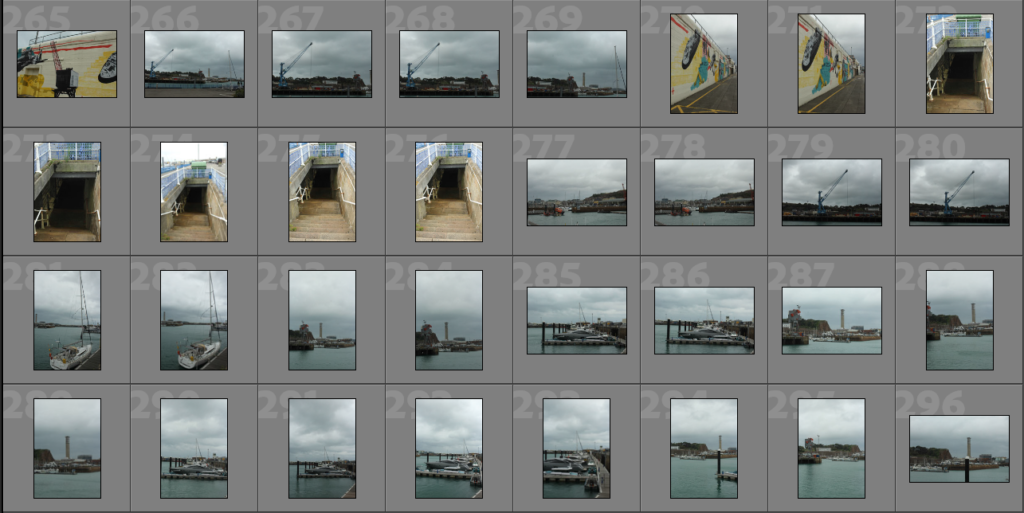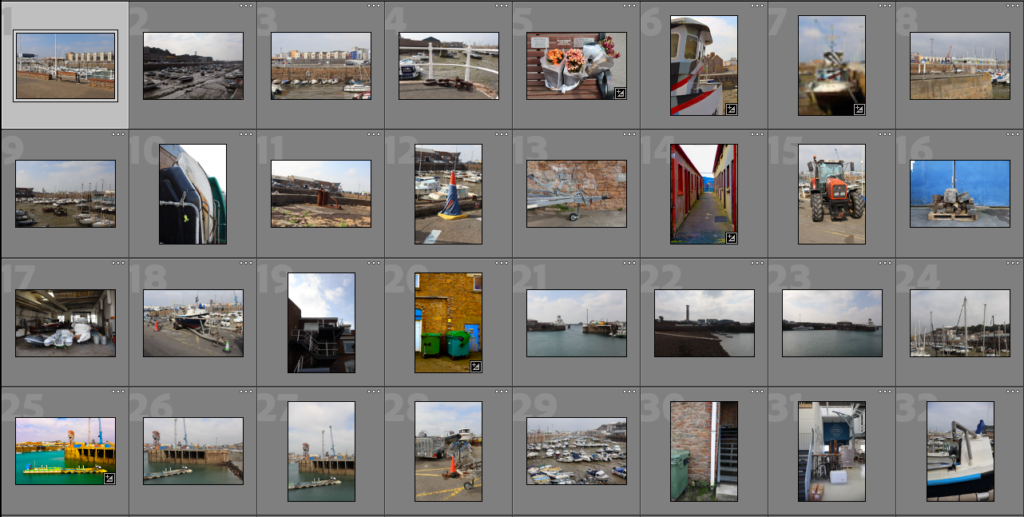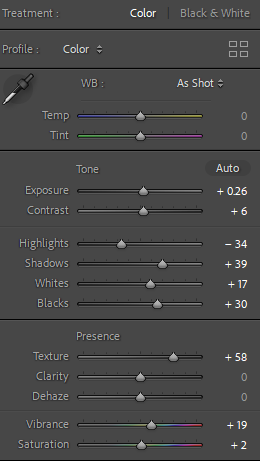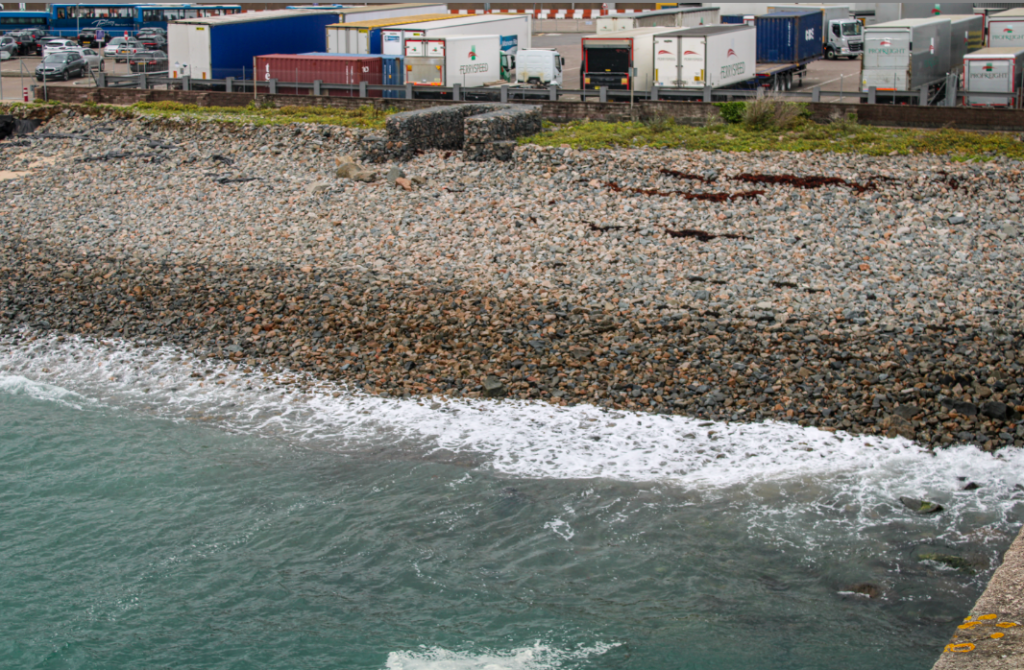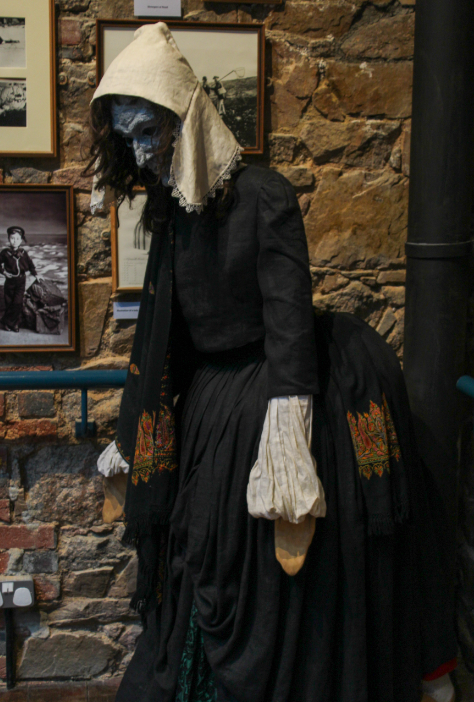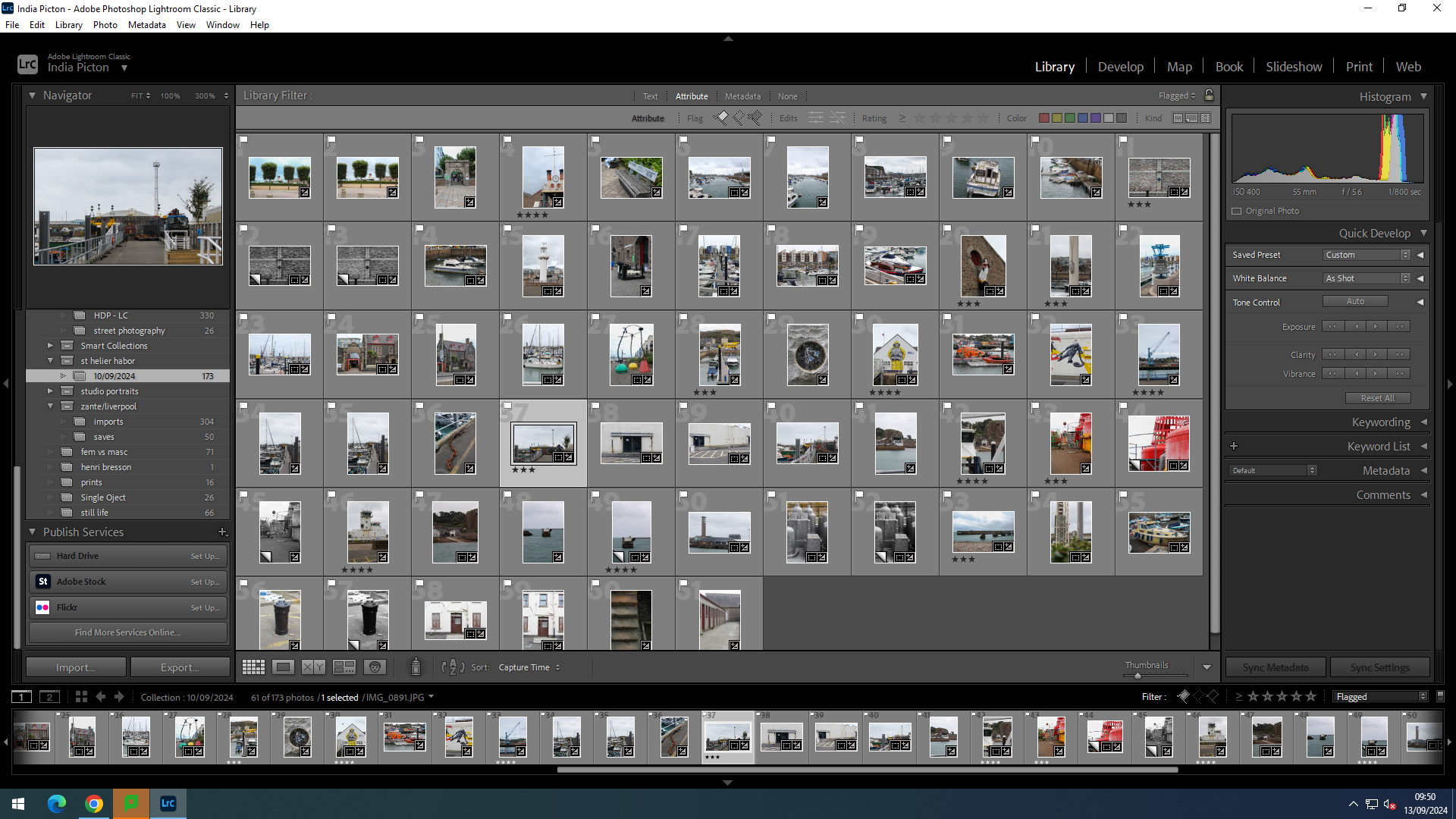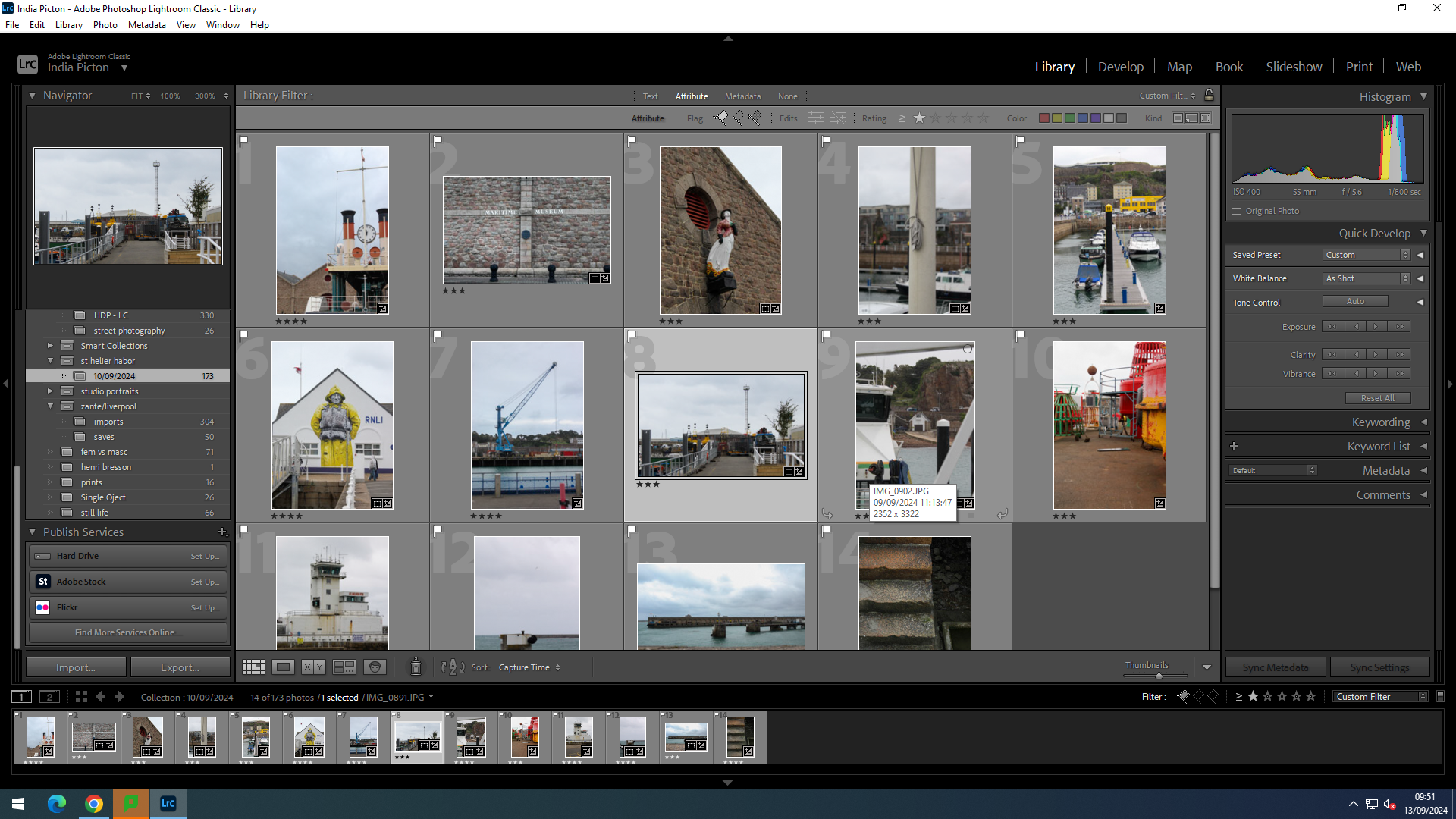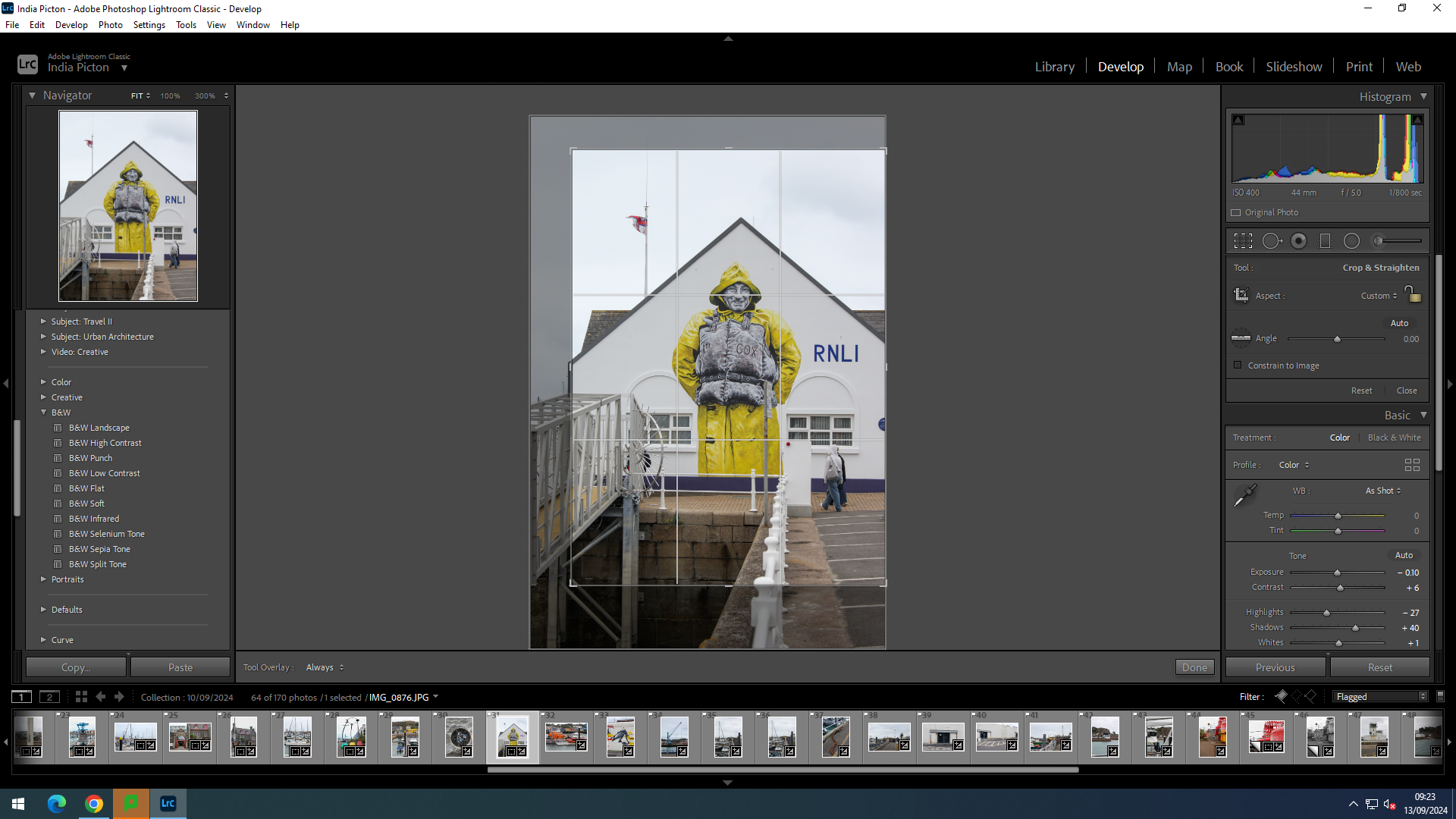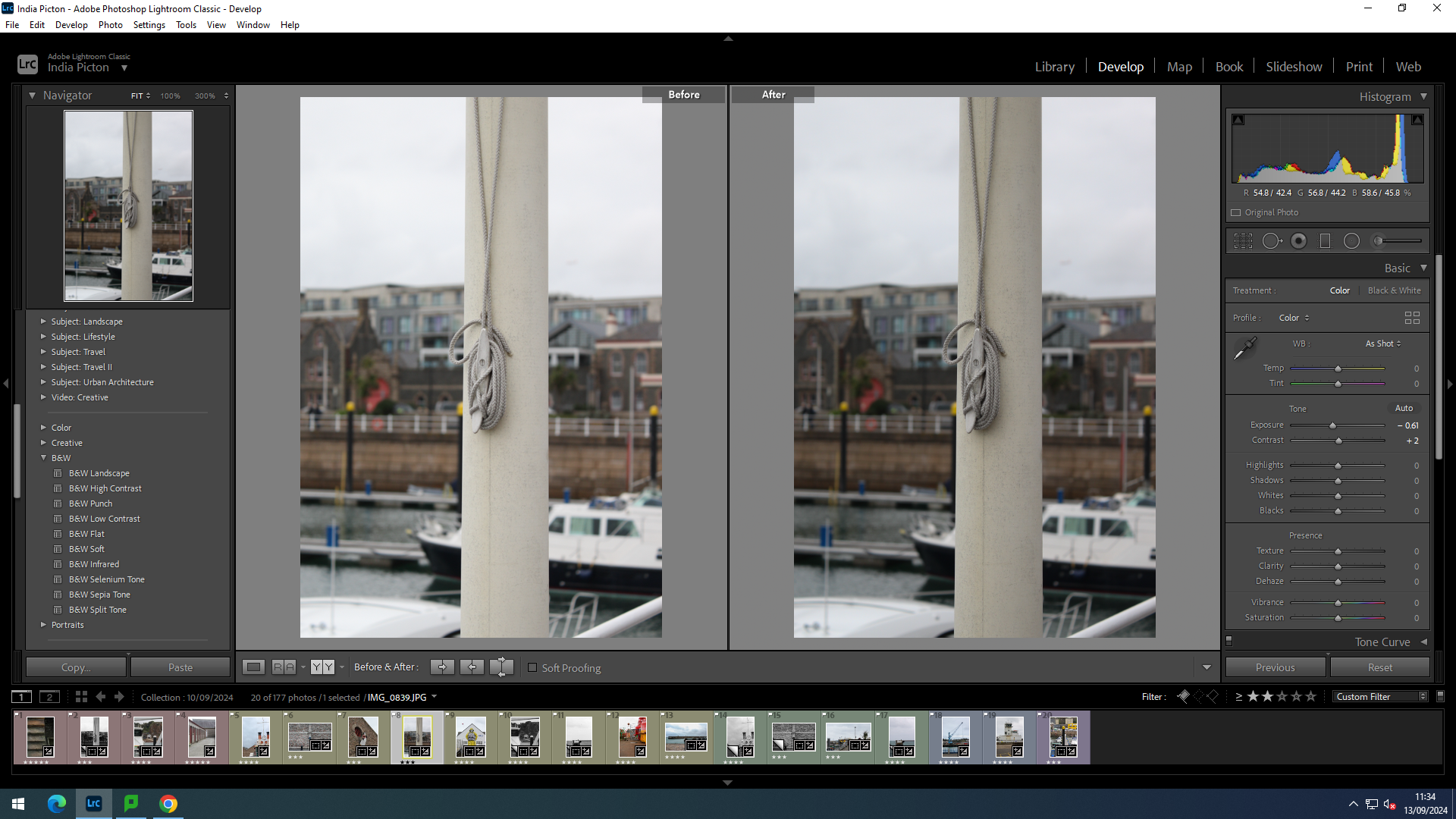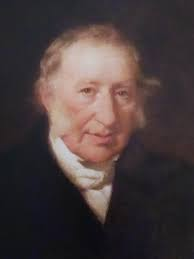Origin Of Photography
Photography turns ordinary into the extraordinary. It transforms what it describes, and reveals so much but keeps so much too itself, which frames reality. It can be objective and subjective because it is told by a persons intuition. It fixes the shadows, before the event of digital tools. You need darkness too see light.

Aberlardo Morell & Camera Obscurer


To use a camera obscurer, you need a blackout room, basically a box of light. Creating a small hole frame to let light in. The image is then portrayed on the wall upside-down and 2x bigger, the rays of light pass through the small hole. The reason this happens is because light travels in straight lines. The Latin name obscurer means dark chamber. Aberlardo Morell born 1948 is a contemporary artist known for transforming rooms into camera obscurers. He started his series in 1992, and was awarded with the Infinity Award from the International Centre of Photography.
Pinhole photography

A pinhole is a smaller homemade version of the camera obscurer, it is a simple camera without a lens but with a tiny aperture called a pinhole. It is a light proof box with a small hole in one side. Light from a scene passes through the hole creating an inverted image on the opposing side of the aperture. The size of the image depends on the distance between the object and the pinhole. Pinhole cameras operate based on the concept of rectilinear light motion, which explains that light moves in straight paths. The pinhole camera is the simplest kind of camera. It does not have a lens.
Nicephore Niepce & Heliography
Joseph Nicephore Niepce born 1765, was a French inventor and one of the earliest pioneers of photography. He created heliography, a technique which is used to create the worlds oldest surviving products of a photographic process. Niépce conducted photographic experiments with the goal of meeting the increasing demand for inexpensive pictures by copying prints and capturing real-life scenes in the camera. During the following ten years, he experimented with various chemicals, materials, and methods in order to improve the process that he later named héliographie, meaning ‘sun writing.’

An old method of photography, héliographie, creates photoengraving’s on metal plates coated with asphalt. In general, it is considered a form of photography. Heliography, from the Greek words helios (meaning “sun”) and graphein (meaning “writing”). This process was used to create the first surviving photograph from nature, View from the Window at Le Gras. Niépce created the heliograph by mixing light-sensitive bitumen with oil of lavender and spreading a thin layer on a polished pewter plate. He placed the plate inside a camera obscura and placed it close to a window in his upper-level work space. After being in the sun for days, the plate showed a representation of the courtyard, outbuildings, and trees.

Louis Daguerre & Daguerreotype
Louis-Jacques-Mandé Daguerre was a French artist and photographer, recognized for his invention of the eponymous daguerreotype process of photography. He became known as one of the fathers of photography He learned architecture, theatre design, and panoramic painting from Pierre Prévost, the pioneer French panorama painter, during his apprenticeship.

The daguerreotype is a direct-positive process, creating a highly detailed image on a sheet of copper plated with a thin coat of silver without the use of a negative. The process required great care. The silver-plated copper plate had first to be cleaned and polished until the surface looked like a mirror. The daguerreotype technique allowed for the reproduction of images from a camera obscura and their conservation as physical objects. It was the initial functional method of photography and marked the beginning of a fresh era of visual potential.. Daguerreotypes are commonly stored in small cases with hinges, which are constructed from wood and wrapped in leather, paper, fabric, or mother of pearl. Unlike photographic paper, a daguerreotype is rigid and heavy.

Henry Fox Talbot & Calotype
William Henry Fox Talbot, his research in the 1840s paved the way for the development of the phytoglyphic engraving technique, which eventually evolved into photogravure. He owned a contentious patent that influenced the initial growth of commercial photography in Britain. He was a recognized photographer who also played a role in the advancement of photography as an art form. Talbot developed a method for producing moderately light-resistant and long-lasting photographs that was the first one accessible to the general public; nevertheless, it was not the initial process of its kind invented or publicly disclosed.

The calotype looked like a mouse trap. It was an improvement of the daguerreotype. A sheet of paper coated with silver chloride was exposed to light in a camera obscurer. The areas that were hit by light became a dark tone yielding like a negative image. He discovered gallic acid could be used to develop the image on the paper, basically accelerating the silver chloride’s chemical reaction making the process speedy.

Robert Cornelius & Self-Portraiture
Robert Cornelius stood alone in the yard of his family’s Philadelphia gas lighting business. . In front of him was a makeshift camera, its lens fashioned from an opera glass. He’d already determined the daylight was adequate to expose the carefully prepared metal plate within the camera and take a photograph of himself. Last but not least, he had to remain motionless and gaze forward for 10 to 15 minutes — no easy task .He managed Cornelius & Co. (later known as Cornelius & Baker) and had great success with his invention of the “solar lamp”. At the time, whale-oil was used in lamps but had become very expensive. Cornelius revised a British lamp design which forced additional air into the burner and allowed for the burning of lard rather than whale oil. He applied for and received a U.S. patent for the “solar lamp” in 1843. The lamp proved extremely popular and was sold in the U.S. and Europe. Two large factories in Philadelphia manufactured the lamp.

The study of self-portraits, known as self-portraiture or auto portraiture, focuses on the history, methods, distribution, reception, styles, and interpretations of self-portraits. The growth of language is ever-changing and factual. For instance, the word selfie was only coined in the 1980s. Robert Cornelius took the first ever selfie. He pathed the way, selfies and self portraiture is still used today by billions of people all around the world, it has developed to be as easy as just turning your phones camera on.

Julia Margeret Cameron & Pictorialism
“From the first moment I handled my lens with a tender ardour,” she wrote, “and it has become to me as a living thing, with voice and memory and creative vigour.” Photography became Cameron’s link to the writers, artists, and scientists who were her spiritual and artistic advisors, friends, neighbours, and intellectual correspondents. “I began with no knowledge of the art,” she wrote. “I did not know where to place my dark box, how to focus my sitter, and my first picture I effaced to my consternation by rubbing my hand over the filmy side of the glass.” She was indefatigable in her efforts to master the difficult steps in producing negatives with wet collodion on glass plates. Cameron had no interest in establishing a commercial studio, however, and never made commissioned portraits. Instead, she enlisted friends, family, and household staff in her activities.

Pictorialism was a global movement and aesthetic movement that was prevalent in photography in the late 19th and early 20th centuries. A style where the photographer alters a regular photo to create an image instead of just capturing it. Usually, a visual image seems to have a blurry focus, is produced in colours other than black-and-white, and may display brush strokes or surface alterations. A photograph was a means of conveying emotional intent to the viewer, much like a painting, drawing, or engraving. Pictorialism flourished from around 1885 to 1915, with certain individuals advocating for it until the 1940s. Pictorialism lost its popularity slowly after 1920, but it remained popular until the conclusion of World War II. In this era, the trend of Modernist photography became popular, and people became more interested in highly detailed images like those found in Ansel Adams’ work.

Henry Mullins & Carte-de-Visit
Henry Mullins was the most productive among the initial Jersey photographers in the mid-1800s. Between 1848 and 1873, he created numerous portraits of locals at his thriving studio in the prestigious Royal Square, St Helier. As a professional photographer, he always welcomed the fast technological advancements that coincided with his career. Despite the establishment of several photography studios in St Helier during the 1850s and 1860s, Henry Mullins remained the preferred photographer for prominent individuals in Jersey society and prosperous local and immigrant families. Mullins’s work quality matched his productivity level, as demonstrated by the detailed portraits of Victorian islanders found in his photo albums.

Carte-de-visite was originally a visiting card, particularly one adorned with a photographic portrait. Highly favored during the mid-1800s, the carte-de-visite was promoted by Parisian portrait photographer André-Adolphe-Eugène Disdéri, who patented the technique in 1854. Disdéri employed a camera with four lenses, producing eight negatives measuring 3.5 × 2.5 inches (8.89 × 6.35 cm) on a single plate. The big print created from the plate was divided into small portraits and each one was individually placed on cards sized around 4 × 3 inches (10 × 7.6 cm). These cards were cost-effective compared to other portrait options, as they allowed for eight different poses in one session and needed no editing.







